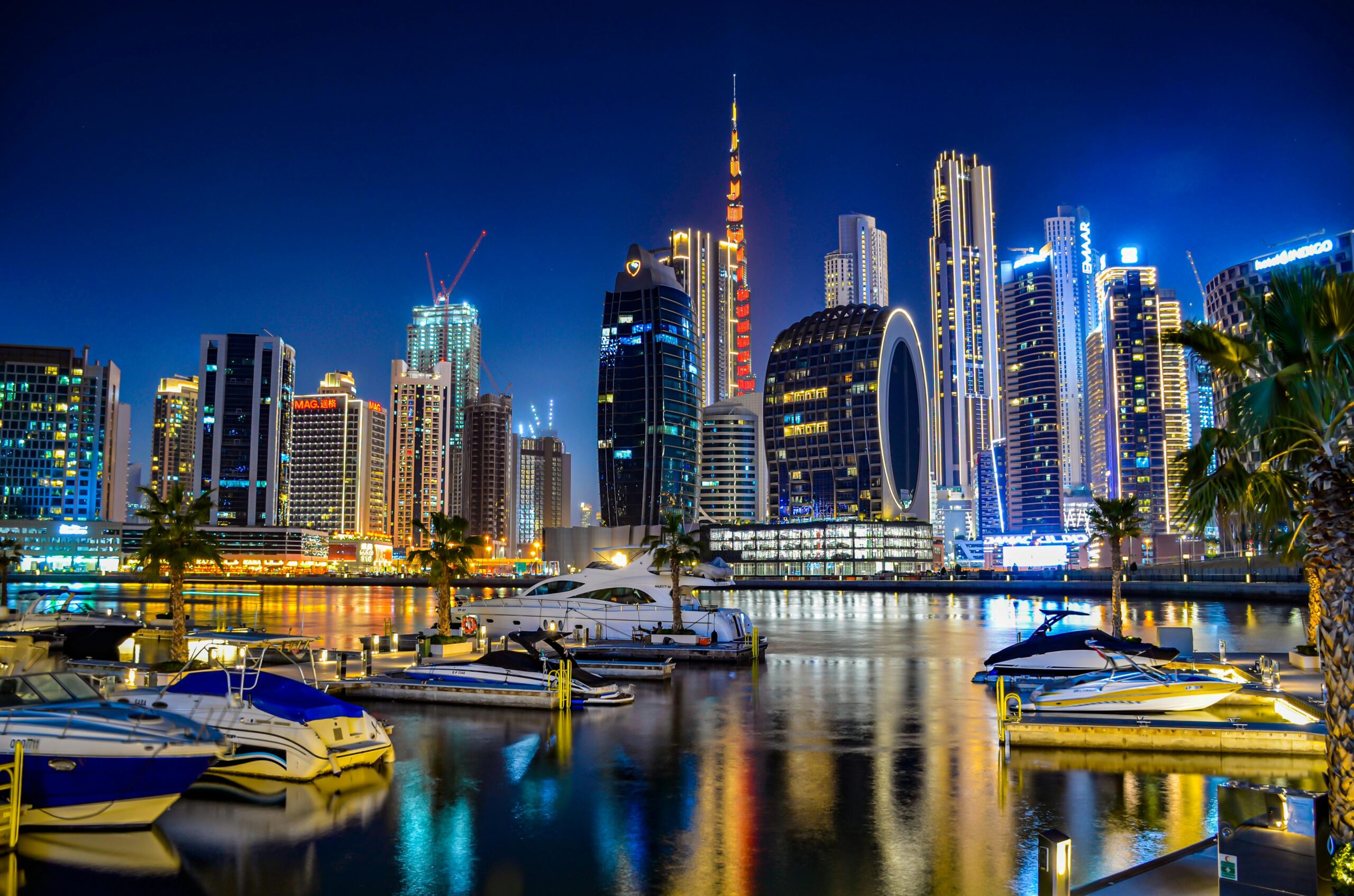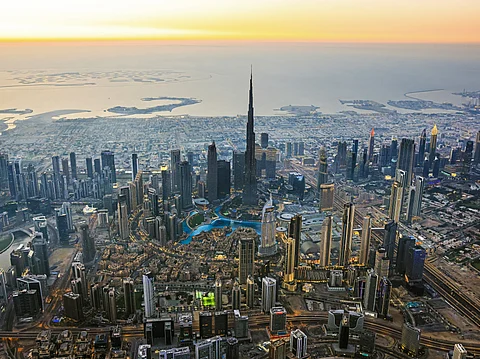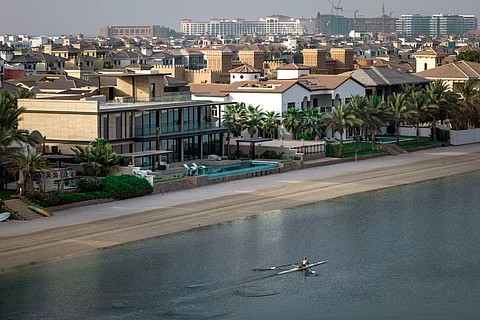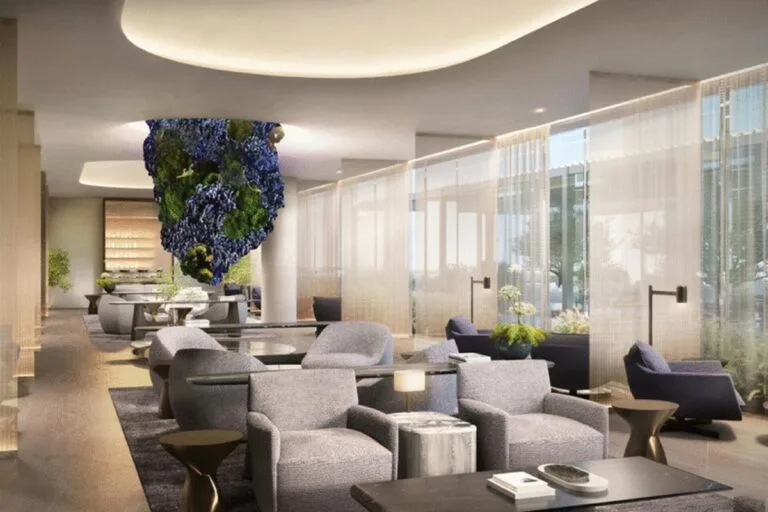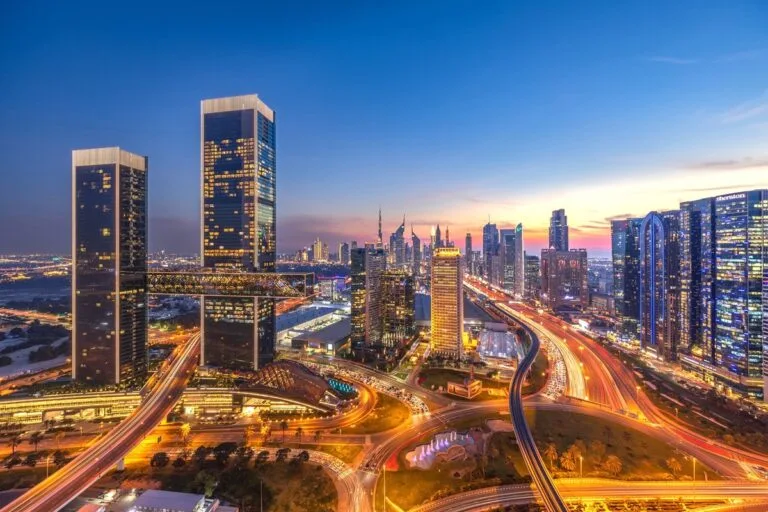Dubai tenants can anticipate more stable rental prices in the coming months as a significant wave of new housing supply enters the market, providing relief after two years of steep increases. Industry experts predict a shift towards moderate growth through early 2026, with more than 42,000 new units expected to be delivered in 2025 alone.
After experiencing sharp rent increases for the past two years, Dubai’s rental market appears to be entering a more balanced phase. According to industry experts, tenants can expect steady but slower growth in rental prices through early 2026 as thousands of new homes are delivered across key communities.
Rui Liu, chairman and founder of LEOS Developments, predicts “steady growth, though at a more moderate pace than in 2023–2024” for the next six months. He notes that rental increases will primarily occur “in areas where handovers remain limited, such as established villa communities and centrally located apartment zones.”
The stabilisation trend will not be uniform across all property segments. “We expect a soft stabilisation in rents in the mid- to upper-mid segments, while the luxury category will continue to see sustained demand due to the influx of high-income professionals and long-term visa holders,” Liu explained.
Family-focused demand reshaping the market
A notable shift in Dubai’s real estate landscape is the increasing demand for family-oriented properties. “Dubai is increasingly evolving into a family-focused destination, where residents prioritise space, privacy, and access to green, community-oriented environments over high-rise apartment living,” Liu observed. This transition is driving stronger interest in villas and townhouses as residents look for long-term homes rather than temporary accommodations.
Developers are responding to this changing market dynamic. The large wave of property handovers expected in 2025 and 2026 will introduce healthy competition, particularly in the apartment sector. While headline rents may not drop dramatically, Liu suggests that “landlords of older or less well-maintained buildings will need to moderate rent increases to retain tenants.”
Market data confirms trends
Recent statistics support these projections. According to DXBinteract, Dubai recorded over 59,000 property sales in Q3 2025, worth Dh170.7 billion – a 20% year-on-year increase in value. Total sales for the first nine months of 2025 reached an impressive Dh498.8 billion, approaching half a trillion dirhams.
Although apartments dominated sales activity, villa sales experienced higher price gains per square foot, reflecting the premium on family-oriented properties.
Record supply to ease market pressure
Industry analysts forecast that more than 42,000 new homes will be delivered in 2025, the highest number since 2017. This significant supply injection is expected to ease pressure on the mid-market segment and improve tenant choice across the city.
Cushman & Wakefield projects that both rents and prices will rise by less than 10% this year, a marked decrease from the double-digit increases observed in 2023 and 2024.
For renters, this evolving market means the coming year could bring greater flexibility and fewer competitive bidding situations. While prime villas and luxury apartments will continue to see strong demand, newer developments in areas such as Dubailand, JVC, and Dubai Sports City are positioned to help stabilise the overall market.
After a period of record-breaking price growth, Dubai’s maturing housing market appears set to provide tenants with more breathing space and options as supply finally begins to catch up with the emirate’s robust demand.



